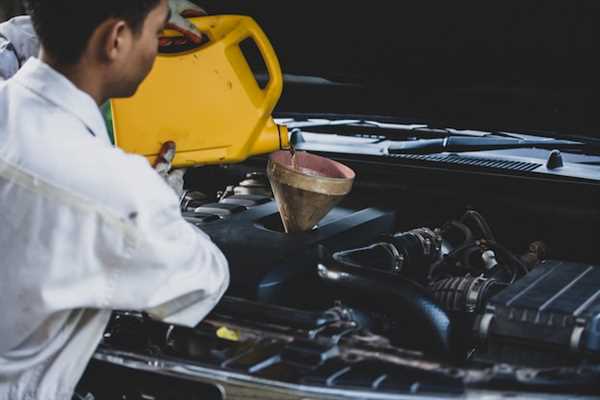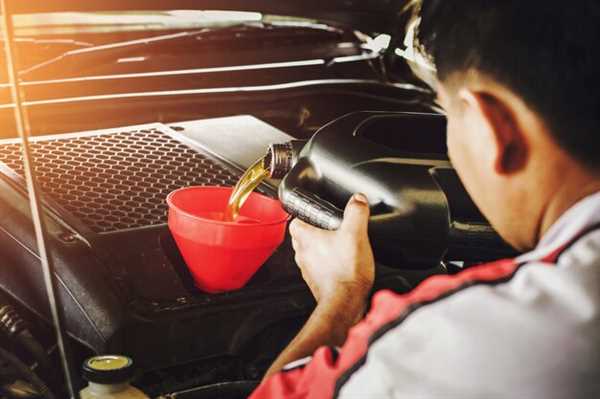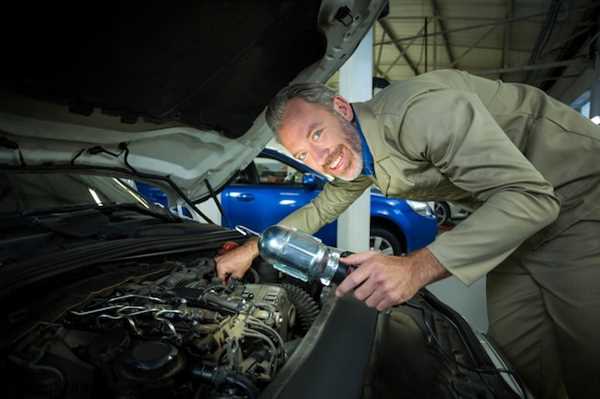
The transition of lubrication fluid in your high-tuned vehicle should occur every 3,000 to 5,000 miles, depending on driving conditions and manufacturer specifications. Always adhere to the specific guidelines provided by your vehicle’s manufacturer for optimal performance and longevity.
Using premium-grade liquids formulated for racing conditions can significantly enhance engine life. Assess the viscosity rating and select an option that matches your model’s requirements to maintain peak performance during extreme driving experiences.
Before initiating the replacement process, gather essential tools including a reliable jack, drain pan, and appropriate filters. Ensure your machine is at operating temperature to facilitate a smoother transition of old fluid. Always dispose of used lubricant in accordance with local regulations to protect the environment.
Selecting the Right Engine Oil for Optimal Performance
Select a synthetic lubricant with a high viscosity index for superior thermal stability. Look for a product with ACEA or API certification, ensuring it meets the rigorous standards required for performance vehicles.
Consider the manufacturer’s specifications regarding SAE ratings. A lower number (e.g., 0W-30) offers better cold-start performance, while higher ratings (e.g., 10W-60) provide enhanced protection under extreme conditions.
Evaluate the additives included in the formula. Detergents and anti-wear agents contribute to longevity, while friction modifiers can enhance overall efficiency. Aim for a blend that emphasizes thermal breakdown resistance and oxidation stability.
Review the oil change intervals recommended by the manufacturer. Premium formulas may allow for extended durations between changes, providing convenience alongside reliable performance.
Always verify compatibility with existing components. Some vehicles may require specific formulations to maintain warranty integrity, making it critical to consult documentation before selection.
Conduct research on experiences shared by fellow enthusiasts or professionals in automotive forums. Real-world feedback can guide the selection process and lead to a better understanding of which formulations yield the best results.
Steps to Properly Change Engine Oil in Performance Vehicles

Gather Necessary Tools: Prepare a socket set, an oil filter wrench, an oil catch pan, and a funnel.
Warm Up the Vehicle: Allow the machine to run for a few minutes to warm the fluid, ensuring better flow during removal.
Elevate the Vehicle: Securely lift the machine with ramps or jack stands for easy access to the undercarriage.
Drain the Fluid: Position the pan beneath the oil pan, remove the drain plug, and let the old fluid fully empty into the container.
Change the Filter: Use the wrench to unscrew the old filter. Lubricate the rubber gasket on the new filter with new fluid and install it hand-tight.
Replace the Plug: Once drained, reinstall the drain plug and ensure it is sealed tightly to prevent leaks.
Add New Liquid: Carefully pour in the recommended type and amount of lubricant through the funnel. Check the owner’s manual for specific requirements.
Check Levels: Start the engine and allow it to run for a moment. Turn it off and wait for a couple of minutes. Use the dipstick to verify the fluid level is correct.
Dispose of Old Fluid: Transfer the used liquid to a sealed container and take it to a designated recycling facility.
Common Mistakes to Avoid When Changing Engine Oil

Neglecting the manufacturer’s specifications for viscosity and type can lead to suboptimal performance. Always refer to the owner’s manual for precise recommendations tailored to your vehicle’s needs.
Forgetting to replace the oil filter is a frequent error. A new filter ensures contaminants do not circulate through the system, maintaining the integrity of the performance machine.
Using the wrong tools, such as an improper drain pan, can create messes and make the task unnecessarily complicated. Opt for high-quality equipment that guarantees a clean operation.
Overfilling with lubrication can be detrimental. Monitor levels carefully and stick to recommended amounts to avoid excess pressure on engine components.
Failing to allow adequate time for the lubricant to drain completely may lead to a blend of old and new fluids. Patience is crucial for achieving optimal results.
Ignoring to warm up the vehicle slightly can hinder the draining process, as warm lubrication flows more freely. A brief run before beginning can significantly aid in fluid removal.
Rushing through the check for leaks can result in overlooking potential issues. Take the time to visually inspect after the process to ensure all components are sealed properly.
Not disposing of used products properly can pose environmental risks. Always follow local regulations regarding disposal, ensuring responsible actions in the maintenance process.


